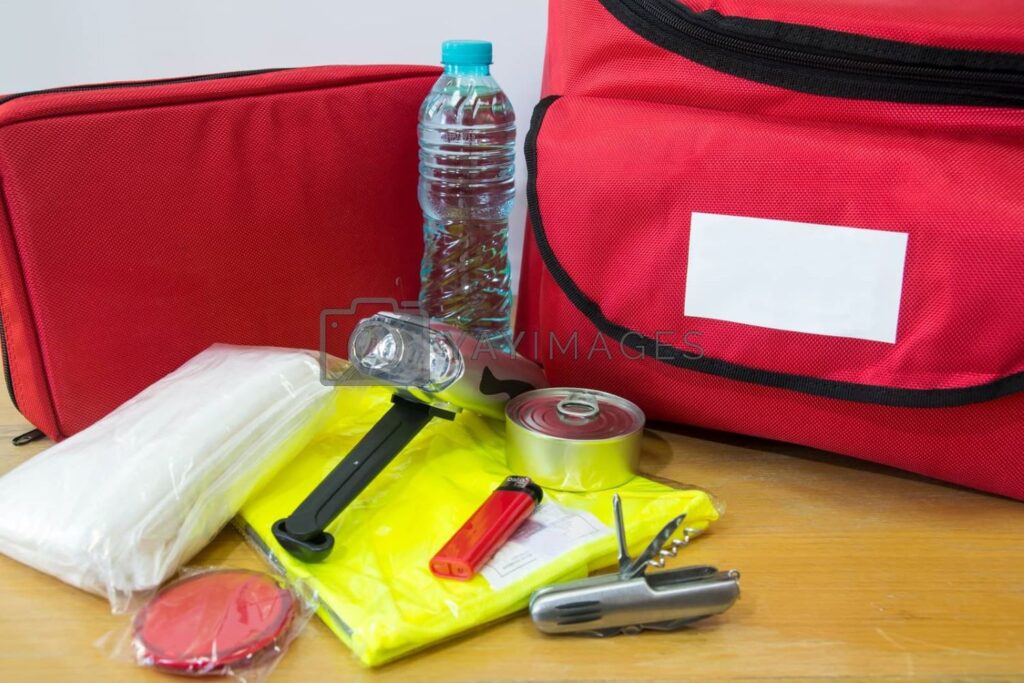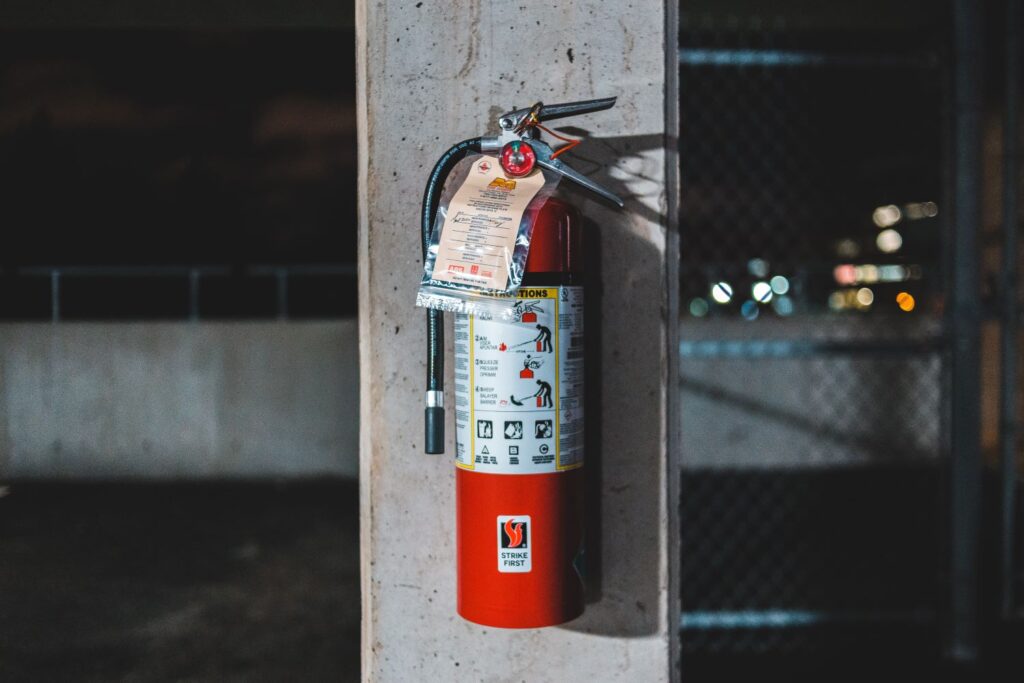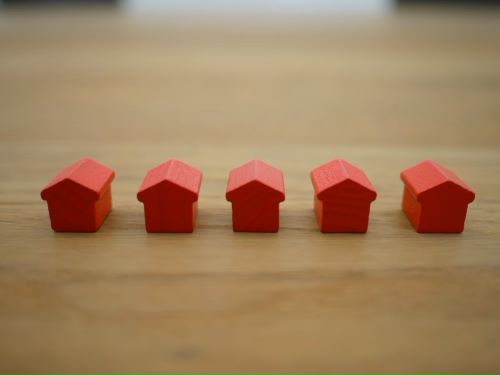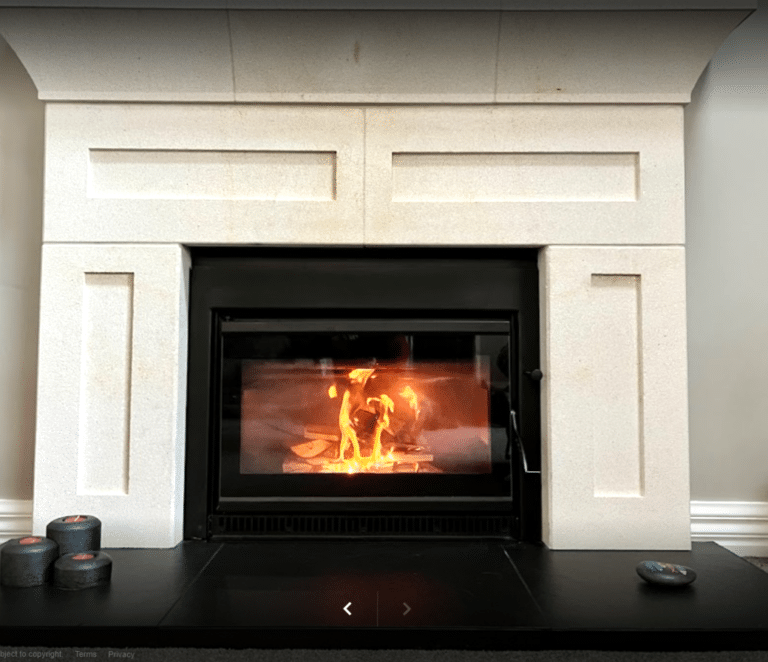In a world that’s always changing, keeping our loved ones and homes safe isn’t just a choice—it’s a big responsibility. This guide is made simple, drawing on the expertise of experienced individuals to provide you with a clear and easy-to-follow plan for handling unexpected emergencies with confidence.
Understanding the Basics:
Checking for Dangers: Keeping Your Home Safe
Before getting ready for emergencies, it’s important to check for possible dangers at home. This could be things like natural disasters (earthquakes, floods, storms) or human-made risks (burglaries, accidents). Understanding these dangers is the first step in getting prepared.
Getting Your Lifeline Ready: The Emergency Kit

Imagine your emergency kit as a survival pack—filled with things to help your family during tough times. Make sure it has non-perishable food, enough water, basic medical stuff, your essential medicines, and important papers. It’s important to check and update your kit regularly, especially if your family changes or your needs change.
Making a Plan: How Your Family Will Work Together
Creating a family emergency plan is more than just writing things down; it’s like making a detailed map for everyone to follow during tough times. The plan should show how to leave the house, how to talk to each other, and where to meet up. Doing practice drills often helps everyone remember what to do in stressful situations.
Home Protection:
Making Your Home Strong: Tips for Home Safety
Keeping your home safe is like putting together a plan with many parts. Begin by using strong locks and materials on doors and windows. Think about adding extra things like cameras and lights that turn on when they sense movement. Talk to your neighbors about working together to keep an eye on things—this makes the whole area safer for everyone.
Fire Safety: A Really Important Part

Fires are bad, so it’s important to be ready. Put smoke detectors in important places like hallways and bedrooms, and check them a lot. Keep fire extinguishers in easy-to-reach spots, and teach everyone in your family how to use them. Plan for what to do if there’s a fire, including where to meet outside your home, and practice it.
Utilities and Infrastructure: Being Ready for Big Changes
Knowing what to do with your home’s utilities in emergencies is important. Learn how to turn off gas, water, and electricity safely to avoid more problems. If you live where earthquakes happen a lot, think about using flexible gas lines and securing water heaters to stop them from getting damaged. Look into other ways to get power, like generators or solar panels, so you can still do important things when the power goes out.
Community:
Stronger Together: How Your Community Can Help Getting ready for emergencies isn’t just about what one person does—it’s about making a strong community. Talk to your neighbors and local emergency services, so everyone feels connected. Work together on plans and practice drills for the whole community, making a helpful network that boosts everyone’s preparedness.
Knowing What’s Happening: Staying Informed
It’s important to know what’s happening in your area during emergencies or bad weather. Sign up for alerts, and tell your neighbors to do the same. Make a shared hub with important information like emergency contacts and evacuation routes. Plan how to share important news during emergencies so everyone in the community knows what’s going on.
Continuous Improvement:
Checking and Changing: Keeping Your Plans Up-to-Date
Getting Smarter: Learning More to Stay Safe
Getting ready for emergencies is something you should keep checking and changing. Look at your plans, kits, and safety measures from time to time. If your family changes or you move, update your emergency plans. Every year, go through your emergency supplies, throw out old stuff, and add new things if needed based on new risks or what your family needs.
Learning how to handle emergencies is a smart way to get ready. Go to workshops and first aid training in your area to improve what you know and can do. Arrange training events for your neighbors so everyone is ready for different emergencies.
Getting ready for emergencies is a process, not a one-time thing. If you follow the steps in this easy guide, you’re not just getting ready for bad times—you’re making your home and loved ones safer. Don’t wait for an emergency to happen; start getting ready today.




